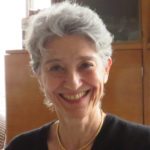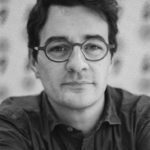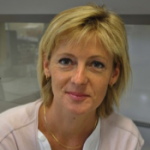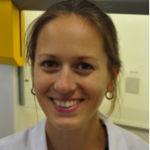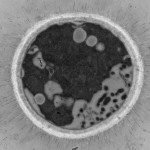Link to Pubmed [PMID] – 25827423
MBio 2015;6(2)
UNLABELLED: Cryptococcosis is an opportunistic infection due to the ubiquitous yeast Cryptococcus neoformans. This yeast interacts closely with innate immune cells, leading to various fates, including fungal persistence within cells, making possible the dissemination of the yeast cells with monocytes via a Trojan horse strategy. In humans, the natural history of the infection begins with primoinfection during childhood, which is followed by dormancy and, in some individuals, reactivation upon immunosuppression. To address the question of dormancy, we studied C. neoformans infection at the macrophage level (in vitro H99-macrophage interaction) and at the organ level in a murine model of cryptococcosis. We analyzed the diversity of yeast adaptation to the host by characterizing several C. neoformans populations with new assays based on flow cytometry (quantitative flow cytometry, multispectral imaging flow cytometry, sorting), microscopy (dynamic imaging), and gene expression analysis. On the basis of parameters of multiplication and stress response, various populations of yeast cells were observed over time in vivo and in vitro. Cell sorting allowed the identification of a subpopulation that was less prone to grow under standard conditions than the other populations, with growth enhanced by the addition of serum. Gene expression analysis revealed that this population had specific metabolic characteristics that could reflect dormancy. Our data suggest that dormant yeast cells could exist in vitro and in vivo. C. neoformans exhibits a huge plasticity and adaptation to hosts that deserves further study. In vitro generation of dormant cells is now the main challenge to overcome the limited number of yeast cells recovered in our models.
IMPORTANCE: Cryptococcus neoformans is a sugar-coated unicellular fungus that interacts closely with various cells and organisms, including amoebas, nematodes, and immune cells of mammals. This yeast is able to proliferate and survive in the intracellular environment. C. neoformans causes cryptococcosis, and yeast dormancy in humans has been suggested on the basis of epidemiological evidence obtained years ago. By studying an in vitro model of yeast-macrophage interaction and murine models of cryptococcosis, we observed that yeast cells evolve in heterogeneous populations during infection on the basis of global metabolic activity. We compared the growth ability and gene expression of yeast cells belonging to various populations in those two models. We eventually found a population of yeast cells with low metabolism that fit some of the criteria for dormant cells. This paves the way for further characterization of dormancy in C. neoformans.

